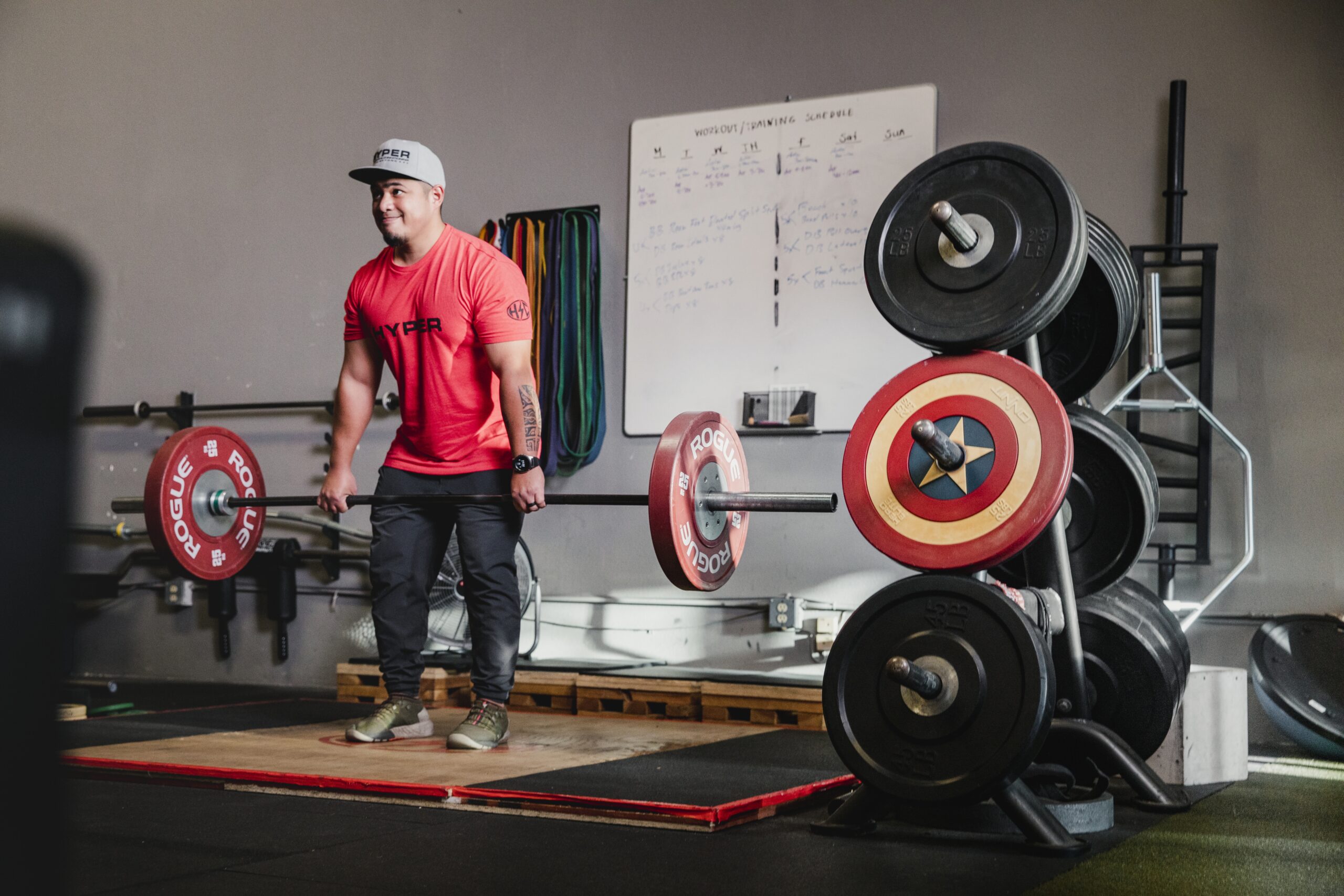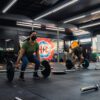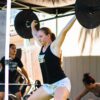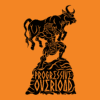Range of motion has always been a debate among serious lifters.
On the one hand, some people claim that a full range of motion is best, as it allows you to maximally stimulate the active muscles in each rep, leading to the best growth and strength gain.
However, on the other hand, trainees claim that a partial range of motion can allow for greater loading, which itself can be better.
Recently, we’ve also seen a third group of people join the debate: those claiming that keeping the muscle in the stretched position is the best way to train for muscle gain.
So, who is right, and how long should your bicep curls be for optimal gains? Let’s talk about it.
Pros and Cons of Full Range of Motion
Full range of motion is the gold standard in weight training (1). This is when you take a joint through its entire range (or close to that) on each rep.
A simple example would be a bicep curl, where you go from your arm being fully extended (straight) to where your elbow is bent beyond 90 degrees, and your bicep is maximally shortened.
Some benefits of training with a full range of motion include:
- Stimulating the involved muscles as much as possible on every rep (you get to enjoy a solid eccentric, concentric, and isometric contraction)
- Building strength through the entire range of motion of the exercise (for example, when doing a squat, you would build quad and glute strength to ascend from the very bottom) (2)
- It allows for more consistent training that’s easier to track (instead of wondering how different ranges of motion generate fatigue and adjust the number of reps you can do)
- Training through full ROM improves muscle flexibility and overall mobility, allowing you to move freely and be at a lower injury risk (3)
- Greater satisfaction in knowing that you’re maximally stimulating your muscles instead of robbing your muscles of growth and strength gain
That said, full ROM training also has some drawbacks you must be aware of:
- It’s generally more tiring to do
- Some people may not be able to safely do full ROM on some activities (e.g., squats)
- It’s not always easy to define full ROM as it can differ between people depending on leverages, injury history, and mobility
- It may not be necessary for optimal training outcomes in all cases (e.g., a powerlifter only needs to reach parallel instead of doing deep squats)
Partial Reps… For Growth?
Partial reps, specifically the type most people do at the gym, are not ideal for muscle gain because they rob the muscle of the most stimulative part of each rep––the stretch under load (4).
Take the squat as an example. Trainees often sacrifice depth in favor of adding more weight to the bar.
While that may be great for building strength through a specific range of motion, it prevents the quadriceps and glutes from getting a solid stretch at the bottom. As such, the movement is not as stimulative for growth.
That said, strategic partials can be good for other things. For example, if you struggle to lock out the top of deadlifts, doing rack or block pulls (with the barbell elevated) with more weight can help you build strength at the top.
However, it’s important to remember the training objective when adding heavy partials into your workouts. Do they serve a specific purpose, or do you simply want to boost your ego by lifting more weight?
Lengthened Partials: The New Kid On The Block

Lengthened partials are a relatively new workout approach that’s been gaining more attention in recent times. It was first popularized by Dr. Milo Wolf, who has a Ph.D. in Sports Science and is, by all accounts, a pretty jacked dude.
The idea of lengthened partials is to train the muscles at a longer average length, which essentially means that your muscles must remain in a lengthened (stretched) position.
But what does that mean, and how do you do it?
I’d like to use the bicep curl to answer both questions. A full range of motion curl is one where your arm goes from full extension to full flexion (just beyond 90 degrees at the elbow).
For a rep to be considered a lengthened partial, it needs to go from full arm extension to just beyond the halfway point of the rep. This means you should bend your elbow to just before 90 degrees (where your wrist is at the same height as your elbow)
The fancy name aside, lengthened partials may be helpful because we know that stretching a muscle under load provides a solid growth stimulus (5, 6).
One downside is that implementing these can be difficult, and you might struggle to maintain the same range of motion from rep to rep.
So, Which Approach is Best For Optimal Muscle Gain?
Full range of motion is still the king for most trainees looking to build muscle, get stronger, improve their athleticism, and reduce the injury risk.
It provides a fantastic stimulus, it’s simpler to maintain rep consistency, and you get to maximally stimulate your muscles on each rep, so long as you can do it safely and pain-free.
Partials can be helpful, but mainly in the context of strength sports when looking to increase your power output in a specific range of motion. You need to be purposeful when adding them to your training.
Finally, lengthened partials could be something to experiment with, but don’t make them the sole focus of your training.
For example, you can dedicate 10-20 percent of your total sets to lengthened partials, preferably on isolation exercises like tricep pushdowns, bicep curls, leg extensions, and lateral raises.
Conclusion
Optimal range of motion has been a topic of debate for a long time, and it will likely continue to be for years to come.
But, unless we get some compelling scientific evidence to suggest that a new approach is better than what we have, we recommend focusing on the fundamentals that have worked for countless trainees.
Before you go, check out our website if you live in San Jose and are looking for personal training or a strength and conditioning gym.

































